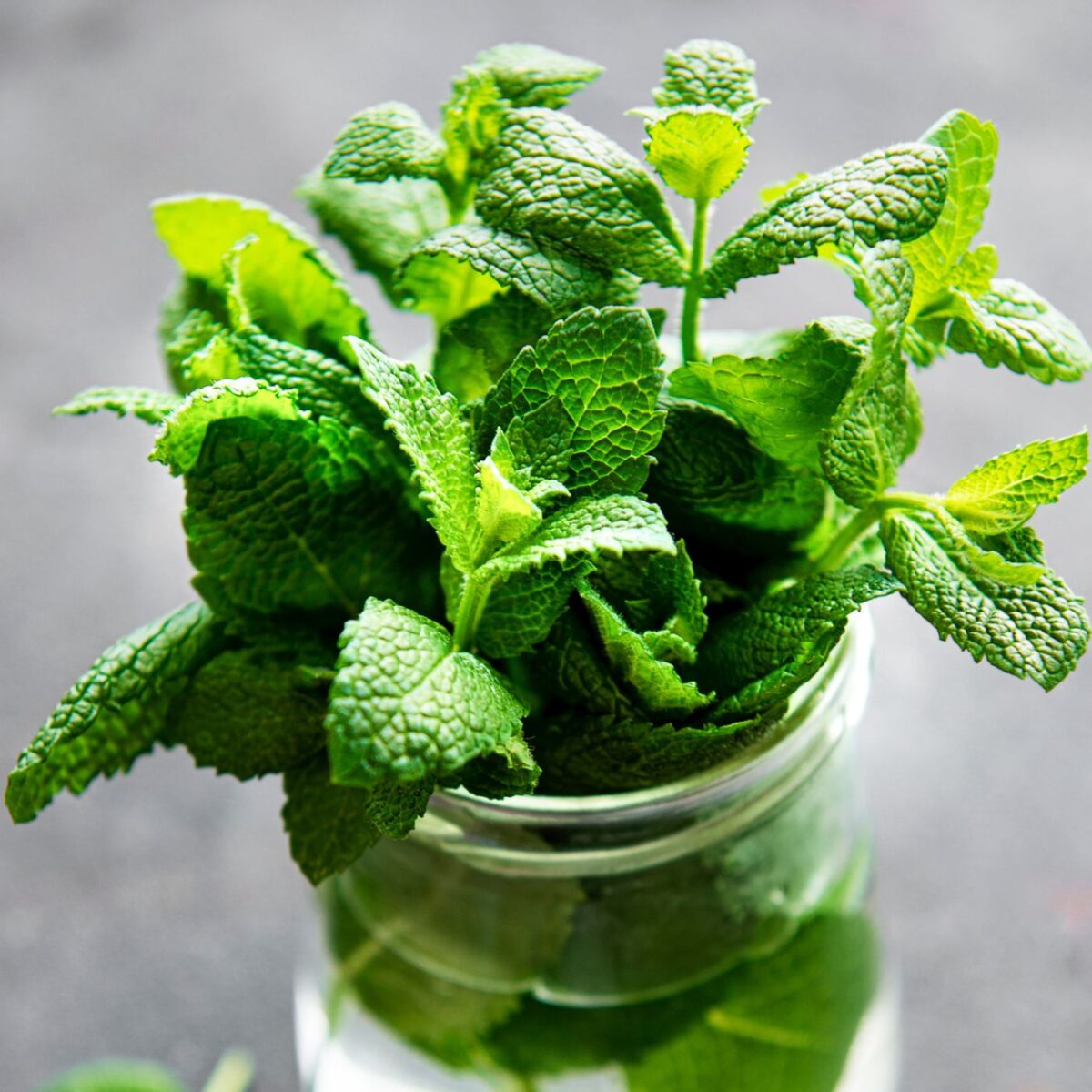

Articles
How To Store Mint Leaves Without Fridge
Modified: December 7, 2023
Learn how to store mint leaves without a fridge in this informative article. Discover simple methods to keep your herbs fresh and flavorful for longer.
(Many of the links in this article redirect to a specific reviewed product. Your purchase of these products through affiliate links helps to generate commission for Storables.com, at no extra cost. Learn more)
Introduction
When it comes to cooking, fresh herbs can elevate the flavor profile of any dish. Mint leaves, with their refreshing and aromatic properties, are a staple in many recipes, from salads to cocktails. However, keeping mint leaves fresh and vibrant can be a challenge, especially if you don’t have access to a refrigerator. Fortunately, there are alternative methods to store mint leaves without relying on a fridge, allowing you to enjoy their delightful essence for longer periods.
Why store mint leaves without a fridge? There are a few reasons why you might need an alternative storage method. Perhaps you’re camping or traveling and don’t have access to a refrigerator. Maybe your fridge is already packed full, or you simply want to explore different preservation techniques. Don’t worry – we’ve got you covered with some effective ways to keep your mint leaves fresh and ready for use!
In this article, we’ll explore five methods to store mint leaves without a fridge. Whether you’re a culinary enthusiast, a home cook, or simply someone who loves the taste and aroma of mint, these techniques will ensure that you have access to fresh mint leaves whenever you need them.
Key Takeaways:
- Preserve mint leaves without a fridge using air drying, freezing, vinegar preservation, oil infusion, and salt preservation. Experiment with these methods to enjoy fresh mint in your recipes year-round.
- Whether you’re a culinary enthusiast or a home cook, these alternative storage methods ensure you never waste fresh mint leaves. Get creative and savor the delightful essence of mint in your favorite dishes, even without a fridge!
Read more: How To Store Mint Leaves
Why Store Mint Leaves Without a Fridge?
While refrigeration is a common and convenient way to store perishable food items, there are situations where storing mint leaves without a fridge becomes necessary. Here are a few reasons why you might want to explore alternative storage methods:
- Limited refrigerator space: If your refrigerator is already filled to the brim with other ingredients and food items, finding space for a bunch of mint leaves can be a challenge. In such cases, opting for alternative storage methods allows you to free up valuable fridge real estate.
- Travel and camping: When you’re on the go, whether it’s a camping trip or a road journey, having access to fresh ingredients can enhance your culinary experiences. Storing mint leaves without a fridge ensures that you can enjoy the vibrant flavor and aroma even in outdoor settings.
- Exploring different preservation techniques: Apart from simply using a fridge, trying out various preservation methods can be an exciting culinary experiment. Each technique offers a unique way of preserving the freshness and flavor of mint leaves, allowing you to explore new tastes and textures in your dishes.
- Lack of access to a fridge: In some situations, you may not have access to a refrigerator. It could be due to a power outage, a faulty refrigerator, or simply living in a place where refrigeration is not readily available. Storing mint leaves without a fridge ensures that you can still enjoy the benefits of fresh herbs.
By storing mint leaves without relying on a fridge, you open up a world of preservation possibilities. You can experiment with different methods that suit your needs and preferences, allowing you to enjoy fresh mint leaves in your recipes whenever and wherever you desire. Now, let’s dive into the various methods you can use to store mint leaves without a fridge!
Methods to Store Mint Leaves Without a Fridge
Now that we understand why storing mint leaves without a fridge can be beneficial, let’s explore five effective methods that will help keep your mint leaves fresh and flavorful:
Method 1: Air Drying
Air drying is a traditional method of preserving herbs that removes moisture from the leaves, allowing them to retain their flavor and aroma. Here’s how you can air dry mint leaves:
- Harvest a bunch of mint leaves, making sure they are clean and free from any dirt or pests.
- Gently pat dry the leaves with a towel to remove excess moisture.
- Tie the mint leaves together in small bundles using string or twine, ensuring that the stems are tightly secured.
- Hang the bundles upside down in a well-ventilated area away from direct sunlight. It could be a pantry, a dry corner of your kitchen, or even a well-ventilated room.
- Allow the mint leaves to air dry completely for around 1-2 weeks. The leaves should be dry and brittle to the touch.
- Once dried, remove the mint leaves from the stems and store them in an airtight container in a cool, dark place.
Method 2: Freezing
Freezing is a quick and convenient method to store mint leaves while preserving their freshness and flavor. Follow these steps to freeze your mint leaves:
- Wash and pat dry the mint leaves thoroughly.
- Spread out the leaves on a baking sheet lined with parchment paper, making sure they are not touching each other.
- Place the baking sheet in the freezer and allow the mint leaves to freeze for a few hours.
- Once frozen, transfer the leaves to a freezer-safe bag or container, removing as much air as possible. Label the container with the date.
- Keep the mint leaves in the freezer, and when needed, simply take out the desired amount and return the rest to the freezer immediately.
Read more: How To Store Dried Mint Leaves
Method 3: Vinegar Preservation
Vinegar preservation not only helps lengthen the shelf life of mint leaves but also imparts a tangy flavor that can enhance certain dishes. Here’s how you can preserve mint leaves using vinegar:
- Wash and dry the mint leaves thoroughly.
- Place the leaves in a clean glass jar.
- Heat white wine vinegar in a saucepan until it reaches a simmer.
- Pour the hot vinegar into the jar, ensuring that the leaves are fully submerged.
- Seal the jar tightly and allow it to cool completely.
- Store the jar in a cool, dark place for at least a week to allow the flavors to meld.
- After the preservation period, strain the vinegar and transfer the mint leaves to a separate container. Store the leaves in the fridge and use the infused vinegar as desired.
Method 4: Oil Infusion
Infusing mint leaves in oil not only extends their shelf life but also imparts their delightful flavor into the oil. Here’s how you can create a mint-infused oil:
- Wash and thoroughly dry the mint leaves to remove any moisture.
- Place the leaves in a clean glass jar.
- Heat a neutral oil, such as olive or grapeseed oil, in a saucepan until it reaches a gentle simmer.
- Pour the hot oil over the mint leaves in the jar, ensuring that the leaves are fully submerged.
- Allow the mixture to cool completely, then seal the jar tightly.
- Store the jar in a cool, dark place for at least a week, allowing the mint flavor to infuse into the oil.
- After the infusion period, strain the oil to remove the mint leaves and transfer the infused oil to a separate container. Store it in a cool place away from direct sunlight.
Method 5: Salt Preservation
Preserving mint leaves with salt not only keeps them fresh but also creates a flavorful seasoning that can be used in a variety of dishes. Here’s how you can do it:
- Wash and pat dry the mint leaves to remove any moisture.
- Spread out a layer of coarse sea salt or kosher salt in a clean glass jar.
- Place a single layer of mint leaves on top of the salt.
- Add another layer of salt on top of the leaves, ensuring they are fully covered.
- Continue alternating layers of mint leaves and salt until the jar is filled.
- Seal the jar tightly and store it in a cool, dark place for at least a week to allow the flavors to meld.
- When needed, remove the desired amount of mint leaves from the jar, brushing off excess salt before use.
By utilizing these methods, you can store mint leaves without a fridge and enjoy their vibrant flavor and aroma in your culinary creations. Experiment with these techniques to find the one that best suits your needs and preferences. Now that you have an array of options, you’ll never have to worry about fresh mint leaves going to waste!
Method 1: Air Drying
Air drying is a simple and time-tested method for preserving mint leaves. This technique removes moisture from the leaves, allowing them to retain their flavor and aroma for an extended period. Here’s how you can air dry mint leaves:
- Harvest a bunch of fresh mint leaves, making sure they are clean and free from any dirt or pests. Choose leaves that are vibrant and healthy-looking.
- Gently pat the leaves dry with a clean kitchen towel or paper towel to remove any excess moisture. Avoid washing the leaves just before air drying, as this can increase the drying time.
- Once the leaves are dry, tie them together in small bundles using a string or twine. Bundle a few stems together, making sure to leave enough space between the leaves for proper air circulation.
- Hang the mint leaf bundles upside down in a well-ventilated area, away from direct sunlight. You can use hooks, clothespins, or a drying rack to hang them securely.
- Allow the mint leaves to air dry completely for about 1 to 2 weeks. The leaves should feel dry and crumbly to the touch. Ensure that the drying area is free from moisture and humidity, as this can negatively affect the drying process.
- Once the mint leaves are thoroughly dried, carefully remove the leaves from the stems. Discard any discolored or wilted leaves.
- Store the dried mint leaves in an airtight container, such as a glass jar or a resealable plastic bag. Make sure to label the container with the date of drying to track its freshness.
Air-dried mint leaves can be used in various culinary preparations. Simply crush the dried leaves between your fingers or use a mortar and pestle to release their aromatic flavors. You can add dried mint leaves to herbal tea blends, spice rubs, salad dressings, stews, and more.
Air drying is a fantastic method for preserving mint leaves without a fridge. It not only maintains their flavor and aroma but also gives you the convenience of having dried mint on hand whenever you need it. With a little patience and proper drying conditions, you can enjoy the delightful essence of fresh mint throughout the year!
Read more: How To Store Mint Leaves In Fridge
Method 2: Freezing
Freezing is a convenient method to preserve mint leaves while retaining their freshness and flavor. This technique allows you to have a ready supply of mint leaves on hand whenever you need them. Here’s how you can freeze mint leaves:
- Start by harvesting fresh mint leaves from your garden or purchasing them from a local market. Ensure that the leaves are clean, dry, and free from any dirt or debris.
- Gently pat the leaves dry using a clean kitchen towel or paper towel to remove any excess moisture. Moisture can cause ice crystals to form on the leaves during freezing, affecting their quality.
- Spread out the mint leaves in a single layer on a baking sheet lined with parchment paper. Make sure the leaves are not touching each other, as this will help prevent them from sticking together during freezing.
- Place the baking sheet with the mint leaves in the freezer and allow them to freeze for a few hours, or until they are completely frozen. This process, known as flash freezing, will help maintain the individual integrity of the leaves.
- Once the mint leaves are frozen, transfer them to a freezer-safe bag or container. Squeeze out as much air as possible from the bag or container before sealing it. Alternatively, you can also use vacuum-sealed bags for optimal freshness.
- Label the bag or container with the date of freezing to keep track of its freshness.
- Return the mint leaves to the freezer for long-term storage.
When you need to use frozen mint leaves, simply take out the desired amount from the freezer and immediately reseal the bag or container. Frozen mint leaves can be used directly in dishes without thawing, as they will quickly melt and release their flavors when added to hot or room temperature preparations.
Frozen mint leaves are perfect for adding a burst of freshness to smoothies, drinks, sauces, soups, and other recipes. They can also be blended into pesto or chopped for use as a garnish. By freezing mint leaves, you can enjoy their vibrant taste and aroma throughout the year, even when fresh mint is not readily available.
Freezing mint leaves is a simple and effective way to preserve their freshness, allowing you to enjoy their delightful flavors whenever a recipe calls for them. With a well-stocked supply of frozen mint leaves, you can add a touch of minty goodness to your culinary creations with ease.
Method 3: Vinegar Preservation
Vinegar preservation is a unique method that not only helps prolong the shelf life of mint leaves but also imparts a delightful tangy flavor. This technique allows you to preserve the freshness and taste of mint while creating a versatile ingredient for various culinary applications. Here’s how you can preserve mint leaves using vinegar:
- Start by washing the fresh mint leaves thoroughly to remove any dirt or debris. Gently pat them dry with a clean kitchen towel or paper towel.
- Place the mint leaves in a clean glass jar, ensuring that it’s tightly packed but not too crowded.
- In a saucepan, heat white wine vinegar or apple cider vinegar until it reaches a gentle simmer. Avoid boiling the vinegar as it may affect the flavor and aroma.
- Slowly pour the hot vinegar over the mint leaves in the jar. Make sure the leaves are completely submerged in the vinegar. You may need to use a spoon to press them down gently.
- Seal the jar tightly with a lid and allow it to cool completely at room temperature.
- After the jar has cooled, store it in a cool, dark place, such as a pantry or cupboard, for at least a week. This resting period allows the flavors of the mint to infuse into the vinegar.
- Once the vinegar has been infused with the mint flavor, strain the mixture into a separate container, discarding the mint leaves.
- Transfer the infused vinegar to a clean bottle or jar with a tight-fitting lid. Make sure to label the container with the date of preservation.
The mint-infused vinegar can be used in a variety of dishes and recipes. It adds a tangy and refreshing flavor to dressings, marinades, sauces, and even beverages like mocktails. Use it to enhance the taste of salads, roasted vegetables, grilled meats, and more.
By preserving mint leaves in vinegar, you not only extend their shelf life but also create a versatile and flavorful ingredient that can elevate your culinary creations. The infused vinegar can be stored in the refrigerator for several months, enhancing your dishes with the delightful essence of mint whenever needed.
Experiment with different types of vinegar and mint varieties to create unique flavor profiles. Whether you prefer a subtle hint of mint or a more pronounced minty taste, vinegar preservation offers a simple and innovative way to enjoy the flavors of mint throughout the year.
Method 4: Oil Infusion
Infusing mint leaves in oil is a wonderful way to preserve their flavor and aroma while creating a versatile ingredient that can be used in a variety of dishes. Mint-infused oil adds a fresh and herbaceous taste to your culinary creations. Here’s how you can infuse mint leaves in oil:
- Begin by washing the fresh mint leaves thoroughly to remove any dirt or debris. Gently pat them dry with a clean kitchen towel or paper towel to remove excess moisture.
- Place the mint leaves in a clean glass jar, making sure it’s tightly packed but not overly crowded.
- In a saucepan, heat a neutral oil such as olive oil or grapeseed oil over low heat until it reaches a gentle simmer. Avoid overheating the oil as it can affect the flavor.
- Slowly pour the hot oil over the mint leaves in the jar, ensuring that the leaves are fully submerged. Use a spoon to press the leaves gently to release their essential oils.
- Allow the mixture to cool completely at room temperature. This cooling period allows the mint leaves to infuse their flavor into the oil.
- Seal the jar tightly with a lid and store it in a cool, dark place, such as a pantry or cupboard, for at least a week. The longer the infusion time, the stronger the mint flavor will be.
- After the desired infusion time, strain the oil through a fine-mesh sieve or cheesecloth into a clean container, discarding the mint leaves.
- Transfer the mint-infused oil to a bottle or jar with a tight-fitting lid. Label the container with the date of infusion for future reference.
Mint-infused oil can be used in a variety of dishes and recipes. It adds a delightful minty flavor to salads, roasted vegetables, marinades, dressings, and even desserts. Drizzle it over grilled meats or use it as a finishing oil for soups and pasta dishes.
Store the infused oil in a cool and dark place, such as the refrigerator or pantry, to maintain its freshness for an extended period. Make sure to check for any signs of spoilage, such as an off odor or appearance, and discard if necessary.
Infusing mint leaves in oil not only preserves their flavor and aroma but also offers a creative way to incorporate the essence of mint into your culinary creations. Enjoy the vibrant taste of fresh mint leaves all year round with this simple and versatile preservation method.
You can store mint leaves without a fridge by placing them in a jar with water, covering the leaves with a plastic bag, and securing it with a rubber band. Keep the jar in a cool, dark place and change the water every few days.
Method 5: Salt Preservation
Salt preservation is a unique and flavorful method to preserve mint leaves while creating a versatile seasoning that can add a pop of minty goodness to your dishes. The salt not only helps preserve the freshness of the leaves but also enhances their flavor. Here’s how you can preserve mint leaves using salt:
- Start by washing the fresh mint leaves thoroughly to remove any dirt or debris. Gently pat them dry with a clean kitchen towel or paper towel to remove excess moisture.
- Prepare a clean glass jar with a tight-fitting lid.
- Layer a thin bed of coarse sea salt or kosher salt at the bottom of the jar.
- Place a single layer of mint leaves on top of the salt bed, ensuring that the leaves are fully covered.
- Add another layer of salt on top of the mint leaves, completely covering them. Continue the layering process, alternating between mint leaves and salt, until the jar is filled.
- Seal the jar tightly with the lid and store it in a cool, dark place, such as a pantry or cupboard.
- Allow the mint leaves to sit in the salt for at least a week. The salt will draw out the moisture from the leaves, preserving them while infusing them with a subtle minty flavor.
- When needed, remove the desired amount of mint leaves from the salt mixture and gently brush off any excess salt before use.
Salt-preserved mint leaves can be used as a unique seasoning in a variety of dishes. They can be added to salads, roasted vegetables, grilled meats, and even desserts for a burst of minty goodness. Crush the preserved leaves between your fingers or use a mortar and pestle to release their flavors.
While using the salt-preserved mint leaves, remember that they are already seasoned with salt. Adjust the level of salt in your recipe accordingly to avoid over-salting the dish.
The salt-preserved mint leaves can be stored in the jar for several months, as the salt acts as a natural preservative. However, it’s important to check for any signs of spoilage, such as an off odor or appearance, and discard the leaves if necessary.
Preserving mint leaves with salt not only keeps them fresh and vibrant but also creates a unique seasoning that can add a delightful hint of mint to your favorite dishes. Explore the flavors of this preserved mint and elevate your culinary creations with its distinct taste.
Read more: How To Store Fresh Mint Leaves In Freezer
Conclusion
Preserving mint leaves without relying on a fridge opens up a world of possibilities for enjoying their vibrant flavor and aroma. Whether you have limited refrigerator space, are camping or traveling, or simply want to explore different preservation methods, there are several effective techniques to store mint leaves without a fridge.
Air drying is a traditional method that removes moisture from the leaves, preserving their flavor and aroma. Freezing allows you to have a ready supply of mint leaves throughout the year, while vinegar preservation infuses the leaves with a tangy flavor. Oil infusion creates a versatile ingredient for various dishes, and salt preservation offers a unique way to preserve and season the mint leaves.
Each method has its own charm and benefits, allowing you to choose the one that suits your needs and preferences. Experiment with these techniques, and you’ll discover a whole new world of minty possibilities in your culinary adventures.
Whether you’re adding dried mint leaves to a soothing cup of tea, using frozen mint leaves in refreshing beverages, drizzling mint-infused oil over a salad, or seasoning dishes with salt-preserved mint leaves, these techniques ensure that you can enjoy the delightful essence of mint in your recipes whenever you desire.
So, whether you’re a culinary enthusiast, a home cook, or simply someone who loves the taste and aroma of mint, try these alternative storage methods and never worry about your mint leaves going to waste. With proper preservation, you can savor the freshness and taste of mint throughout the year, creating delicious dishes and beverages that are sure to impress.
Get creative, experiment with different preservation methods, and discover the joy of using fresh mint leaves in your favorite recipes, even without a fridge!
Frequently Asked Questions about How To Store Mint Leaves Without Fridge
Was this page helpful?
At Storables.com, we guarantee accurate and reliable information. Our content, validated by Expert Board Contributors, is crafted following stringent Editorial Policies. We're committed to providing you with well-researched, expert-backed insights for all your informational needs.




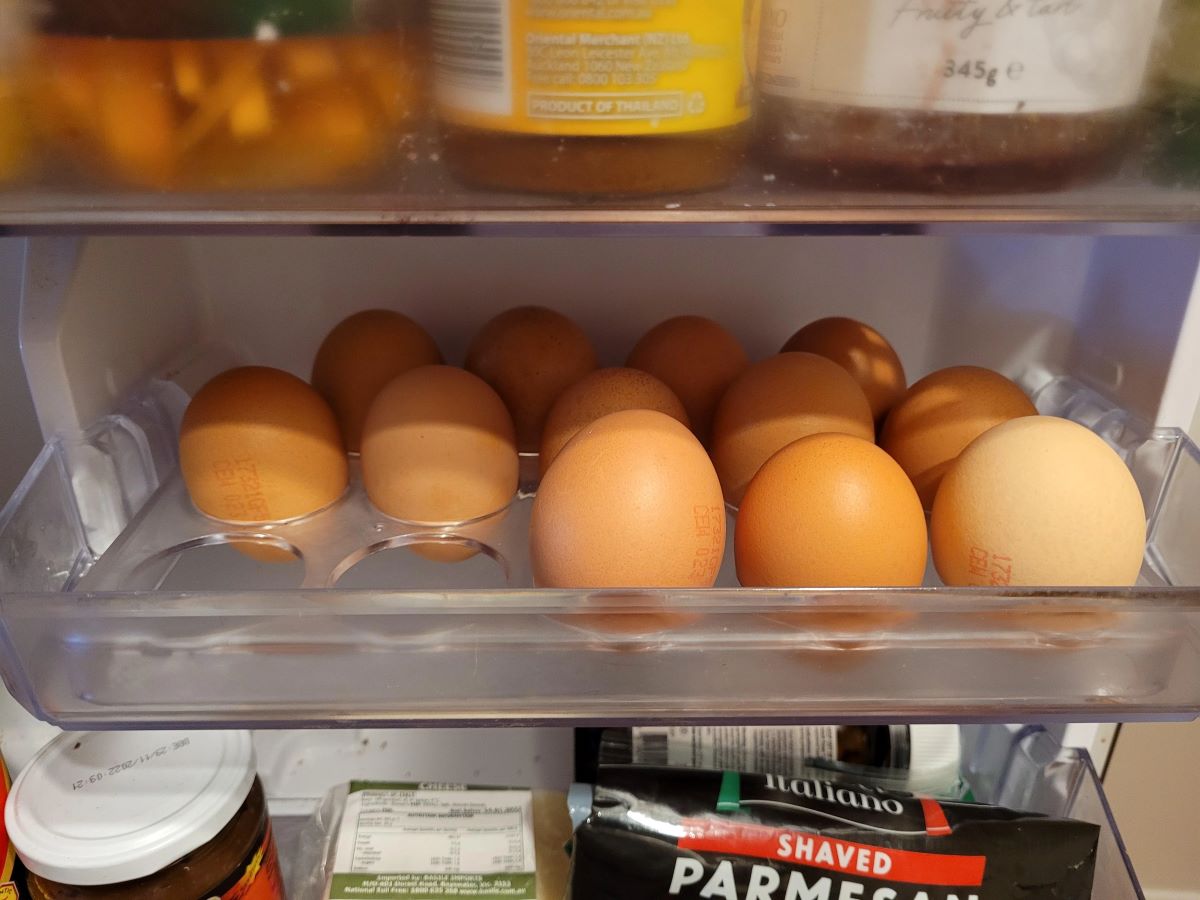

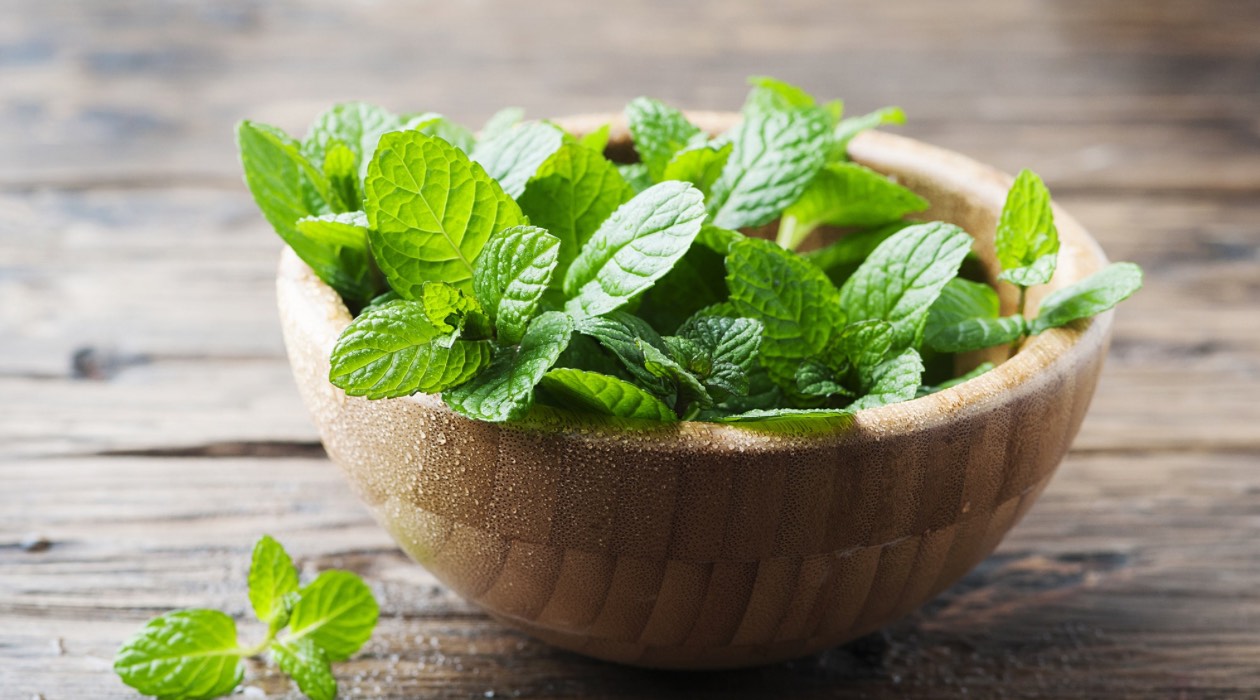
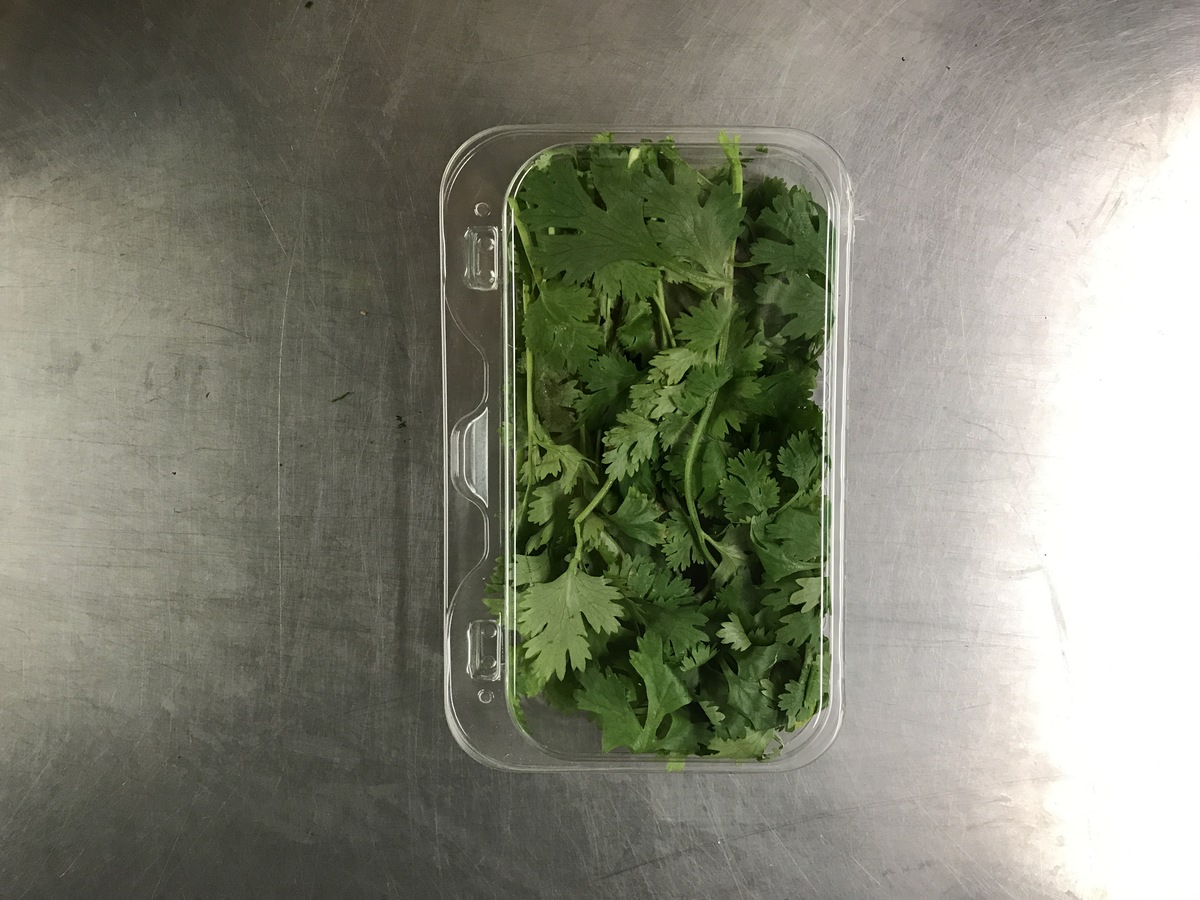
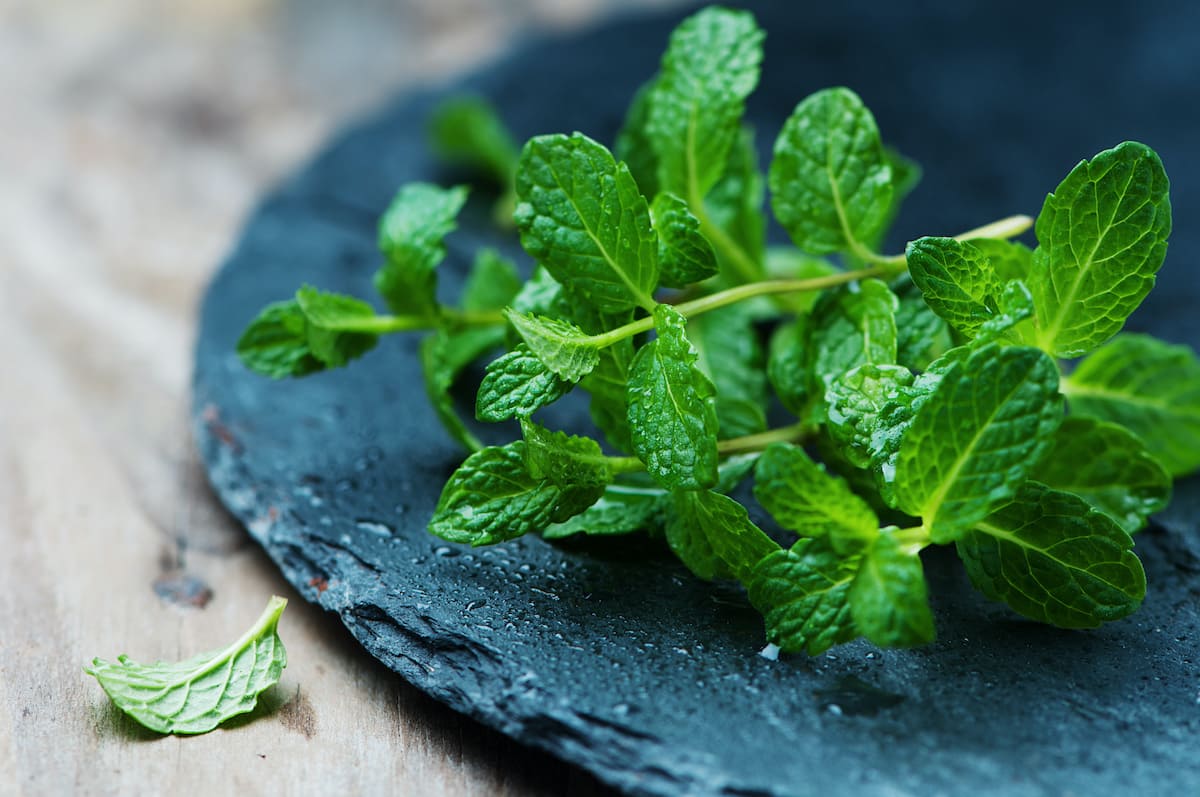
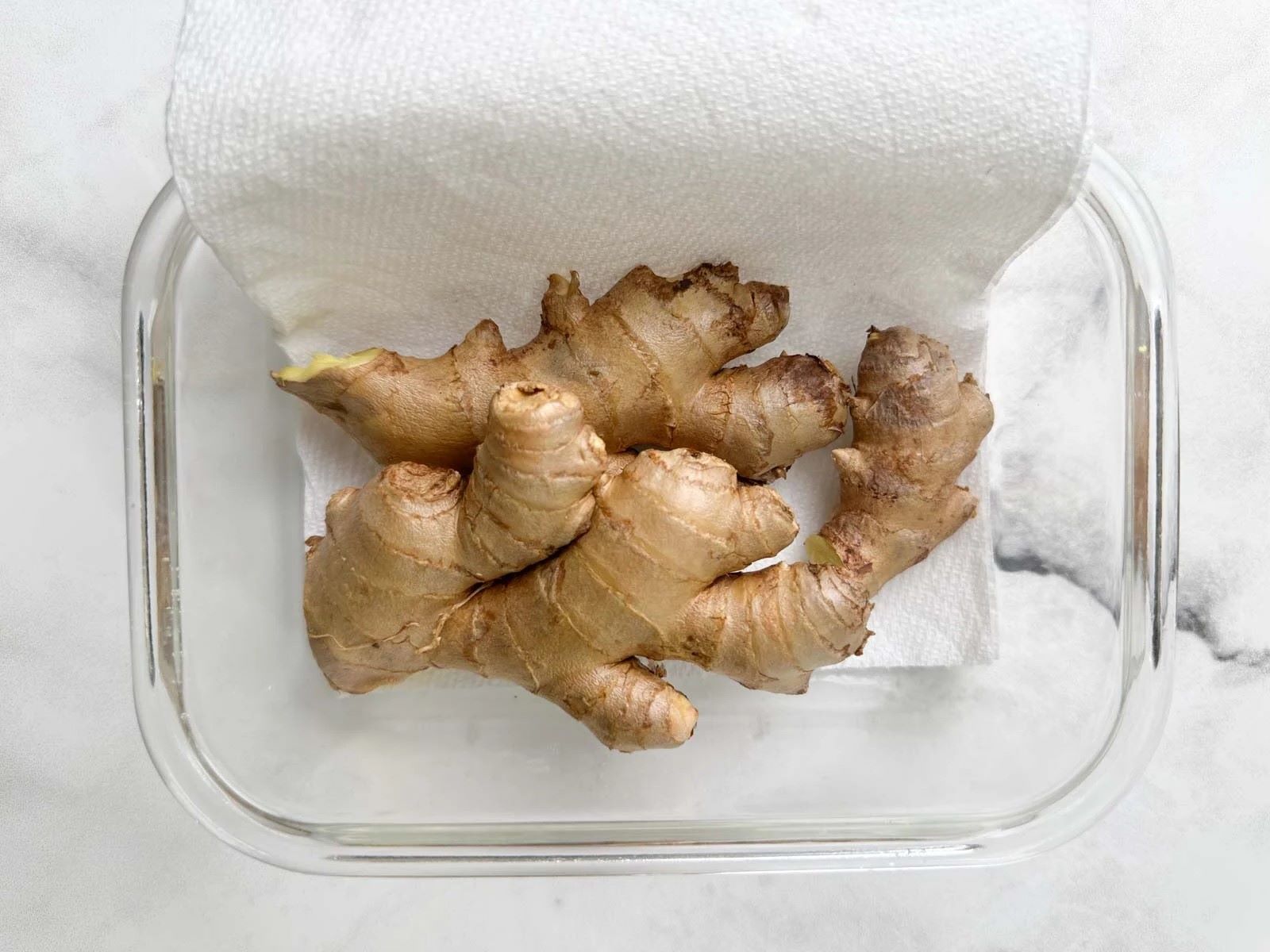
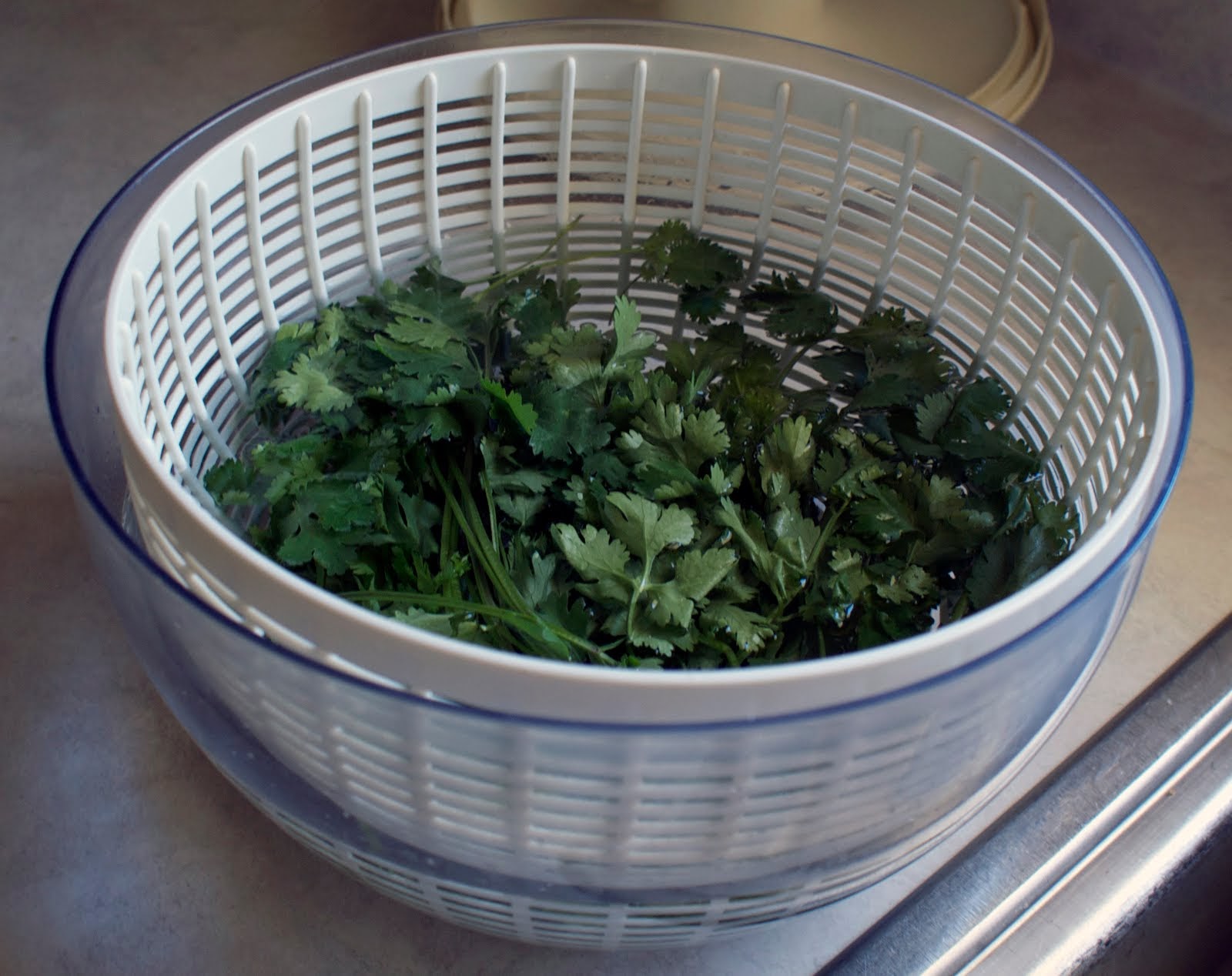


0 thoughts on “How To Store Mint Leaves Without Fridge”